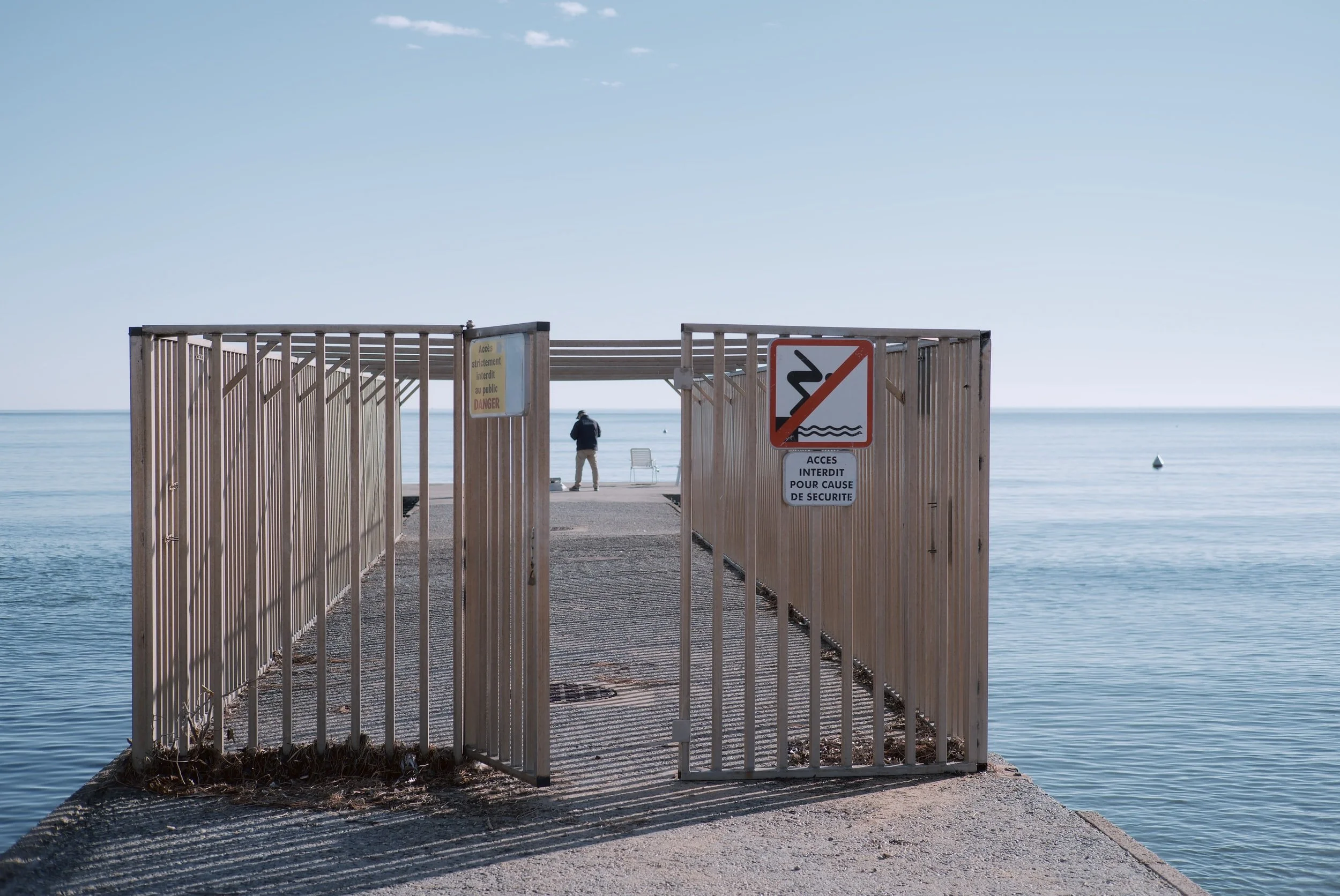It’s been one month since Russia invaded Ukraine, causing 3.5 million people to flee the country, an overwhelming majority heading west into the European Union (EU). As the smoke has cleared from the initial onset of the invasion, a picture has begun to emerge highlighting the either “unusually generous or overtly racist” stance taken by western media and the EU towards Ukrainian refugees in contrast to other non-Ukrainian refugees.
When those displaced by climate induced famine or conflict come from Africa, the Middle East or South Asia seeking refuge, can they expect such a warm reception from the EU and other wealthy nations as Ukrainian nationals have received? Sadly, refugee policy in Europe and other wealthy western nations have made it clear this is not the new status quo in handling refugees.







